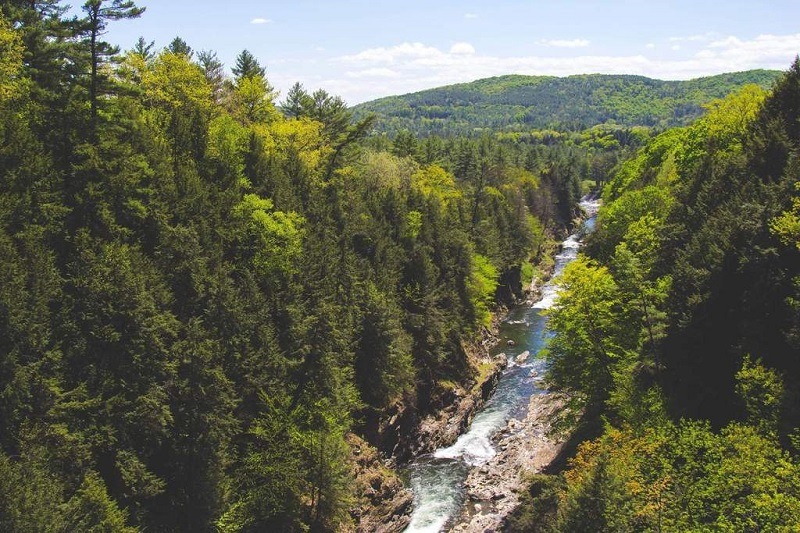
Why cities need forest to manage their water
HOW FORESTS PROTECT CITIES FROM FLOODS
Proceed to a kitchen sink and start the faucet. If you’re able to choose a glass, fill it with cool liquid in the tap, and choose a great big gulp you can probably thank trees for this refreshing drink of water.
Cities frequently have complex water systems to make certain you’ve got access to clean water. But in the very start of all of the pumps and pipes is located a woods: trees help clean out the water.
Nyc is a fantastic example of creating the most of nature. The town saved cash by saving and rebuilding the Catskills/Delaware watershed, which provides 90 percent of its water. By investing a $1.5 billion to guard the forested watershed, the town prevented building a water filtration plant and stored between $6-8 billion dollars.
A third of the world’s biggest cities rely on secure forests due to their water. With a fast growing and urbanizing worldwide population, that amount is only going to gain later on.
HOW DO FORESTS MANAGE URBAN WATER SUPPLY?
- FORESTS OFFER WATER
A forest’s primary part in managing a town’s water comes in the vapor generated by its own trees and plant. Water captured, stored, and discharged by forest canopy is a significant element in regulating precipitation along with the evaporation of groundwater.
Forests create rain that escapes downstream and provides cities with refreshing water!
Regrettably, if forested watersheds become swollen, the incidence of precipitation is thrown away and rain becomes less predictable, resulting in varying periods of drought and flooding.
The effects of deforestation on a town’s water supply became abundantly clear in Brazil only four decades back. Riots broke out at Sao Paulo and the neighboring municipalities when a record-breaking drought attracted down reservoir levels to only 5 percent – just a month’s supply to an area with over 21 million individuals.
The drought was blamed on large scale deforestation to generate space for agricultural production happening in the neighboring Amazon rainforest. With no trees to control precipitation, Brazil’s largest city almost found itself with no water in any way.
Deforestation affects global water source also. Cutting trees down strikes those living near the many, but scientists think that widespread deforestation in the Amazon could affect regions as far away as California, as well as Africa, areas plagued by droughts.
- FORESTS FILTER WATER
However, the forest’s job does not stop at only helping create rain.
Following the rain comes tumbling down, trees encircle the soil and protect against erosion. The root systems of forest plants keep the forest ground, making sure sediment and other substances are not swept into town water systems.
With this natural filter, water flowing from the taps are full of runoff, requiring too costly treatment plants to make the water drinkable.
- FORESTS CONTROL FLOODS
As woods carry on all that water that they play another very important role for towns: flooding management.
Not merely are the origin systems filtering out pollutants, but they’re also slowing down the flow of water towards creeks, lakes, rivers, and finally cities. Forests demand a good deal of water to grow, in order rainwater soaks into the dirt trees consume considerable amounts through their origins. This uptake slows down water, preventing it from popping up and flood cities on the way.
Chopping down large swaths of trees to make way for additional land uses creates water absorption hopeless and generates a higher chance of flood.
Few areas have undergone this worse compared to Jakarta, Indonesia. Fifty percent of Jakarta’s most important landmark was transformed to agricultural land or urban growth. With no trees to prevent it, during the rainy season water matches the numerous rivers running through town of over 10 million individuals, forcing many to flee their houses.
WHY FORESTS MATTER
Despite being surrounded by sidewalk, skyscrapers and all essential conveniences, life in town is radically improved by the presence of woods, both close and far. They supply potable water, decrease utility expenses, and may save people’s lives and livelihoods.
And these are simply a couple of ways forests benefit towns, but woods supply more to rural and urban communities everywhere.